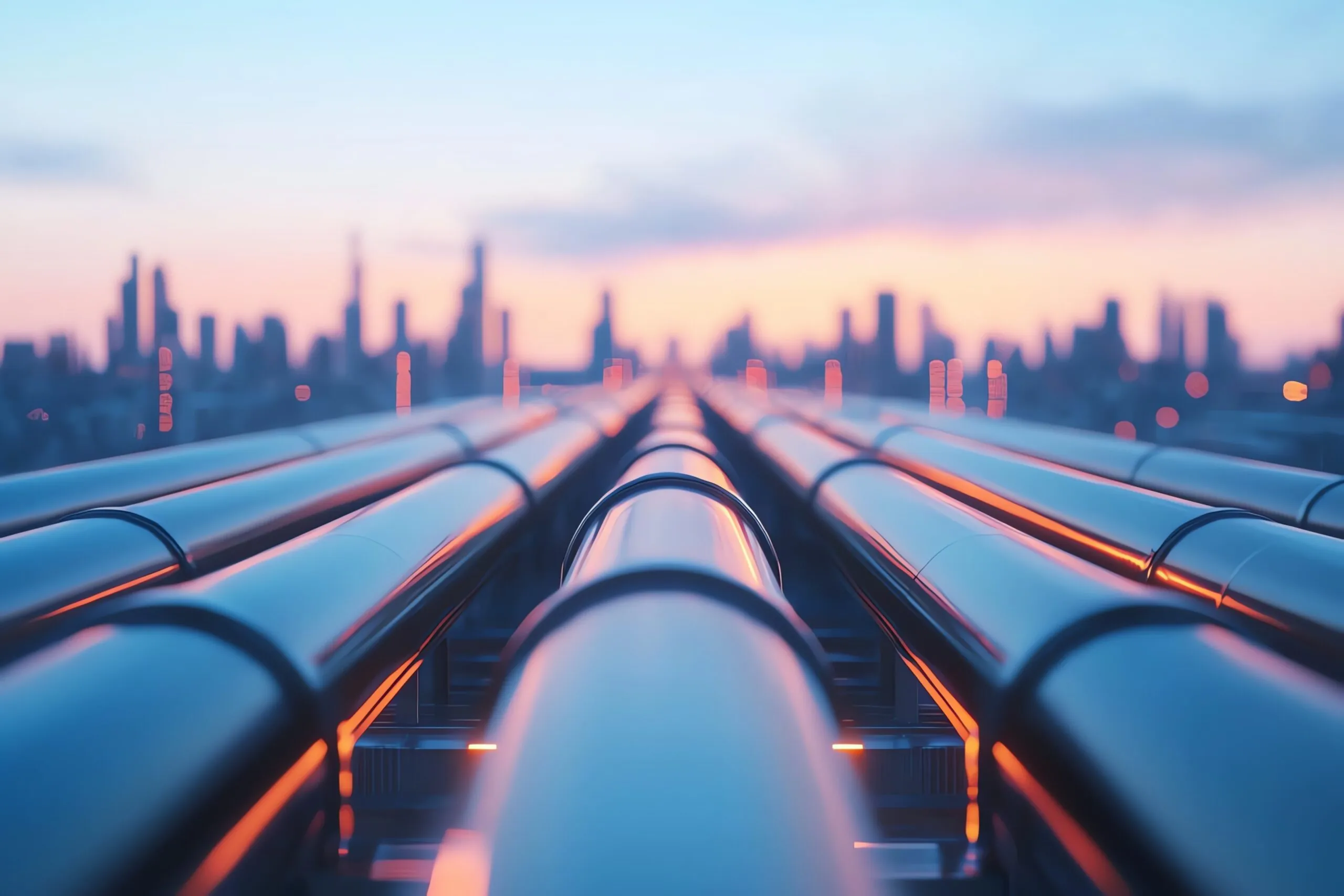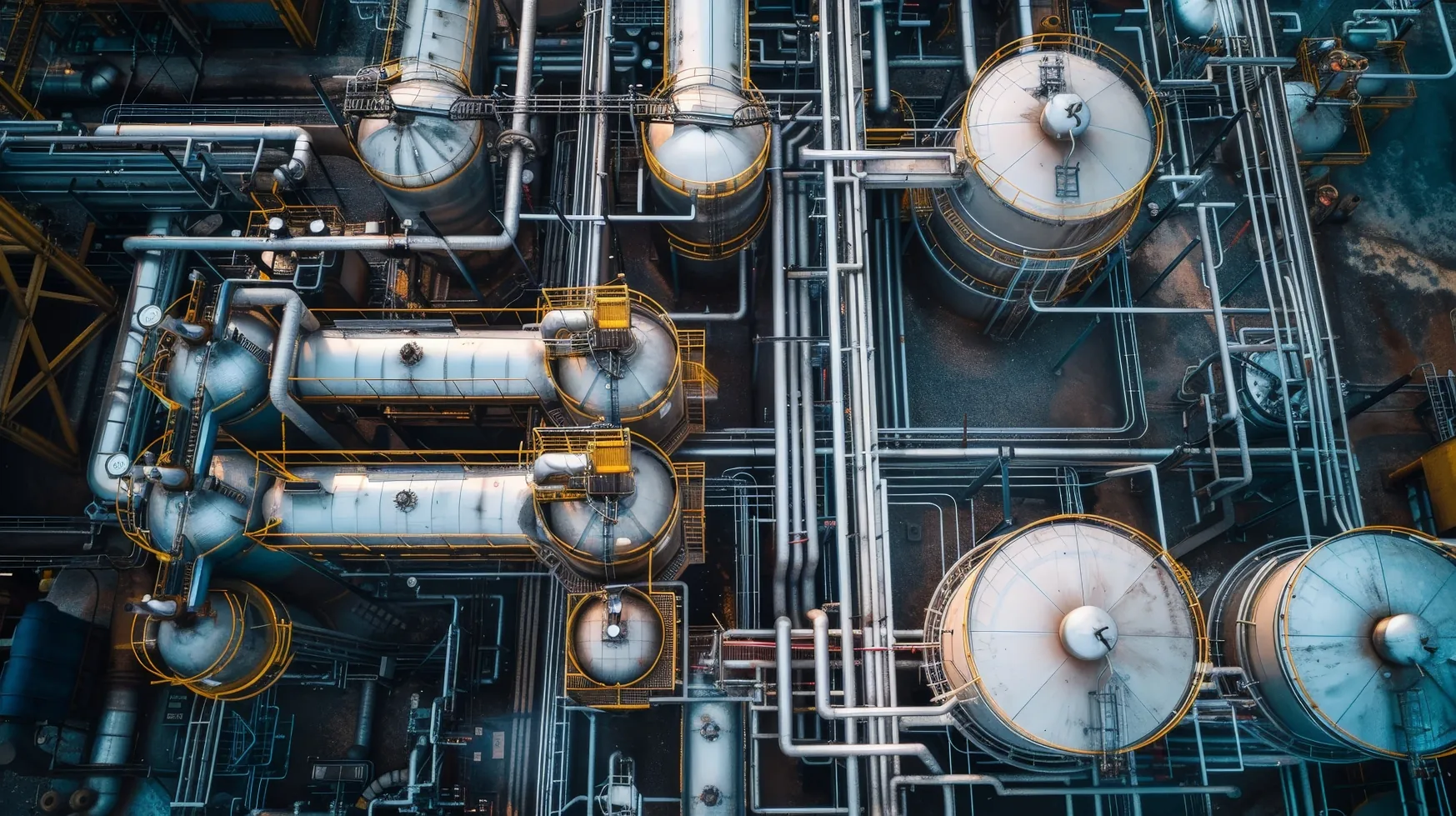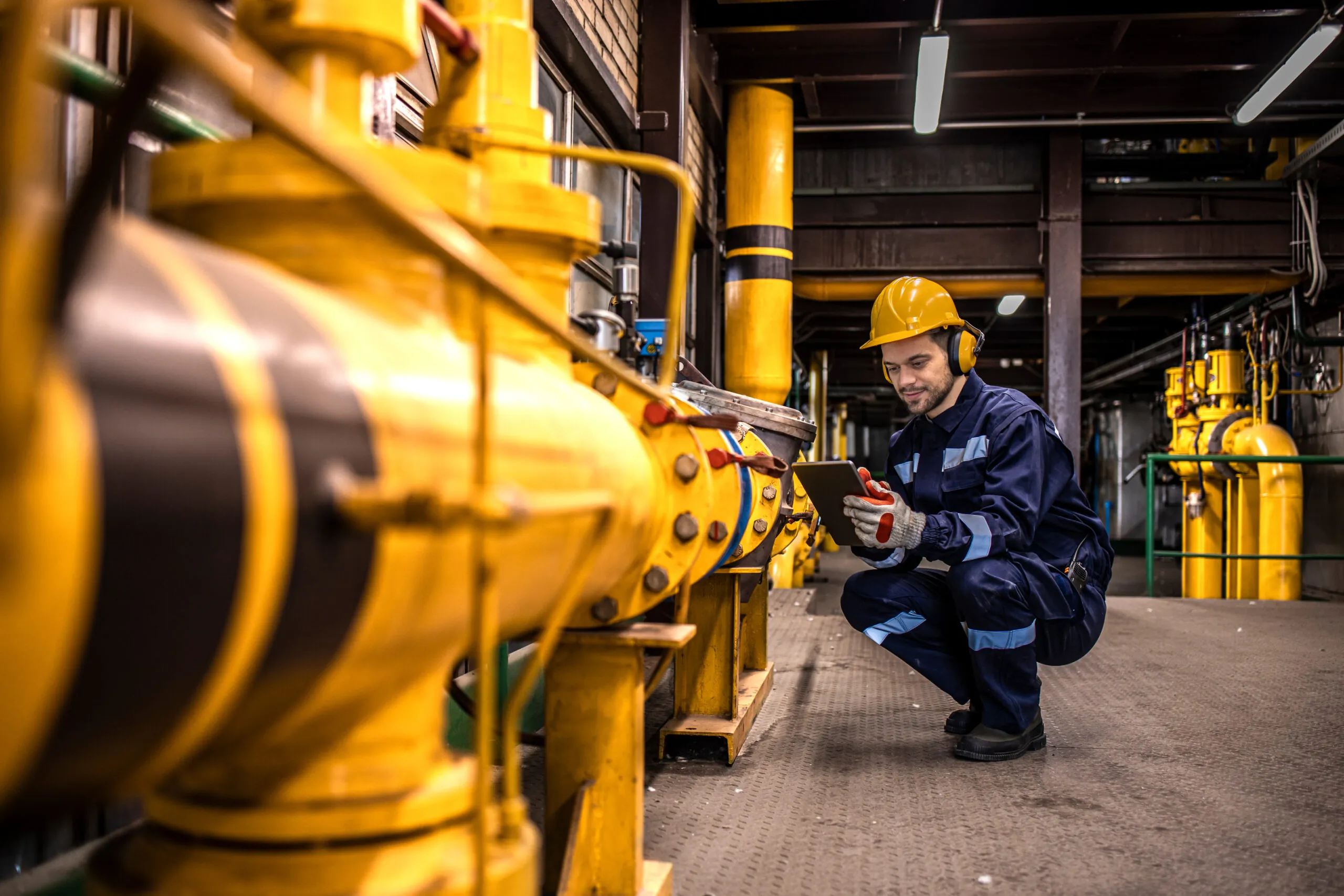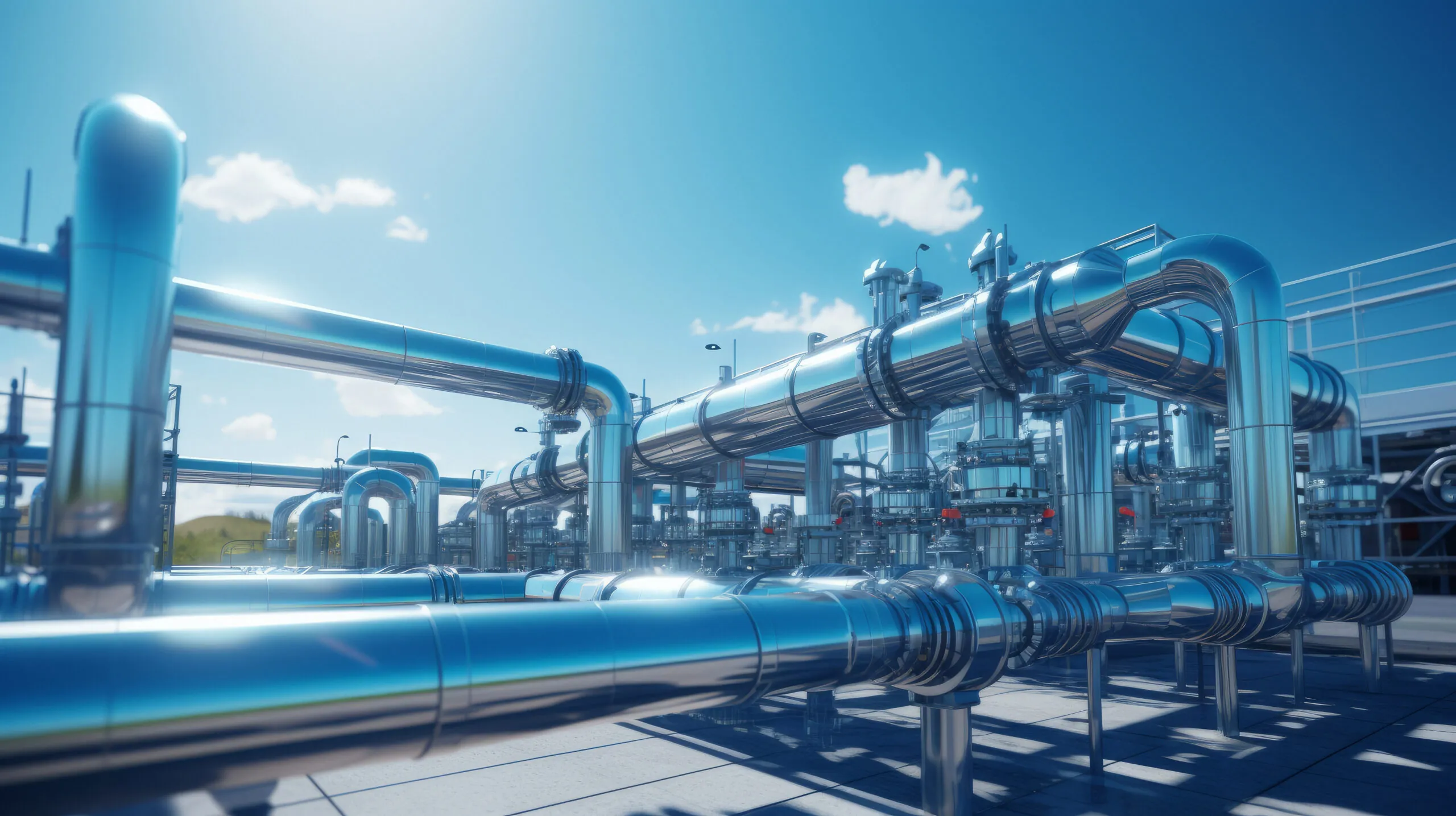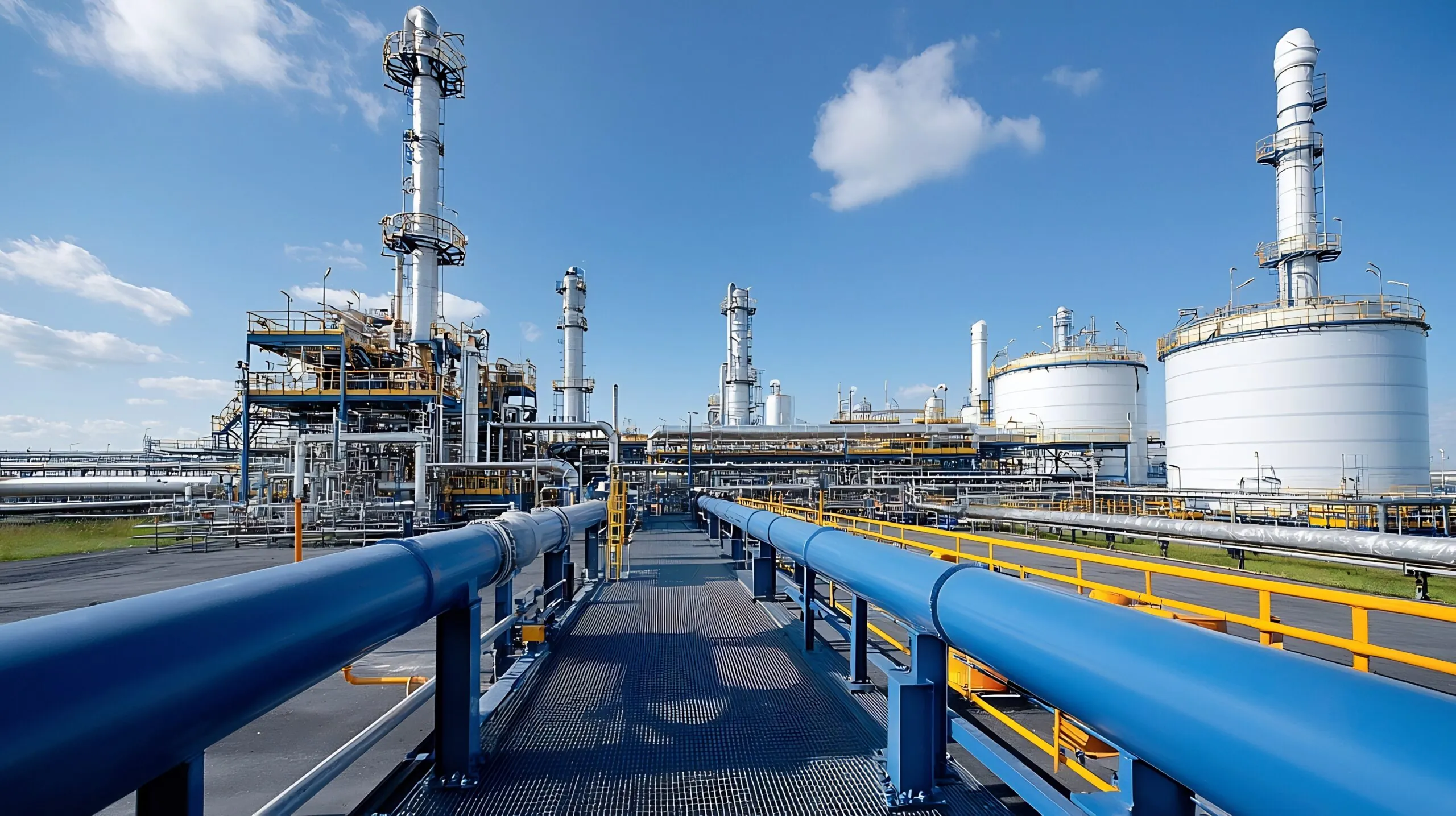Pipelines are a critical infrastructure in the oil and gas industry. They facilitate the efficient and safe transportation of crude oil, natural gas, and refined products over long distances. They offer a reliable and cost-effective means of moving these resources. Hence, reducing reliance on more expensive and less secure transportation methods like trucking and rail.
In the oil and gas sector, it’s important to distinguish between gathering pipelines and transmission pipelines because they serve different functions in the overall transportation process.
Gathering pipelines are smaller, local pipelines that collect oil or gas from production sites, such as wellheads, and transport them to processing facilities or larger transmission pipelines.
On the other hand, transmission pipelines are larger, high-pressure pipelines that carry oil or gas over long distances, often crossing state or national borders.
Understanding the difference between these two types of pipelines helps ensure that appropriate standards and safety measures are applied, enabling the smooth and safe operation of the entire pipeline network in the oil and gas industry.
What Are Pipelines in the Oil and Gas Industry?
Pipelines are typically large, specialized tubes made of steel or other durable materials that are designed to handle the various types of fluids that flow through them, often under high pressure.
They come in various sizes and capacities, ranging from smaller gathering pipelines to large transmission pipelines. Depending on environmental factors and technical requirements, these pipelines can be buried underground, laid across the seabed, or run above ground.
Pipelines are integral to the oil and gas industry. They allow for the continuous flow of energy resources, which is essential for meeting global energy demands.
What Are Gathering Pipelines?
Gathering pipelines are a type of pipeline system used in the midstream oil and gas industry to collect hydrocarbons. These pipelines are critical in linking production sites with the infrastructure needed for further processing, storage, and distribution.
The key characteristics include:
- Size and Pressure: These are typically smaller in diameter and operate under lower pressures.
- Distance: They cover shorter distances, often within a localized area, such as a field or region.
- Capacity: They handle smaller volumes but are crucial in aggregating the output of multiple wells into a centralized location.
- Operation: These pipelines operate at lower pressures and flow rates, as the oil or gas they carry is typically unprocessed.
- Design: They are designed to accommodate different types of fluids, such as crude oil, natural gas, and water.
To know more details about characteristics, read The Role of Gathering Systems in Oil and Gas: Why They’re Essential
Pipeline materials
The typical materials used in gathering pipelines are steel, plastic, and composite materials.
- Particularly carbon steel is most common as it is durable and can handle the high pressures required for transporting hydrocarbons.
- Polyethylene plastic pipes may be used in areas with lower pressures.
- Composite materials are used in some specialized applications due to their resistance to corrosion and lightweight characteristics.
As far as the construction specifics are concerned, gathering pipelines are typically laid underground. They are usually buried several feet below the surface to protect them from physical damage and environmental factors.
They require various valves, regulators, and fittings to control the flow of hydrocarbons.
These pipelines have monitoring systems that track flow, pressure, and potential leaks.
Gathering pipelines are extensively used in oil and gas fields to accumulate output from multiple wells and transport it to processing plants.
Some of these places are:
- Permian Basin (Texas and New Mexico, USA)
- North Sea Oil and Gas Fields (Offshore UK and Norway)
- Alberta Oil Sands (Canada)
What Are Transmission Pipelines?
Transmission pipelines are large-scale systems used to transport liquids, gases, or other materials from one location to another over long distances. These are commonly used to move natural gas, crude oil, refined petroleum products, and water.
Transmission pipelines typically operate under high pressure to ensure the efficient flow of materials over long distances.
They require regular inspection and maintenance to detect leaks, corrosion, or other potential failures.
These include:
- Trans-Alaska Pipeline System (Alaska, USA)
- Nord Stream (Russia to Germany)
- Colonial Pipeline (Texas to New Jersey)
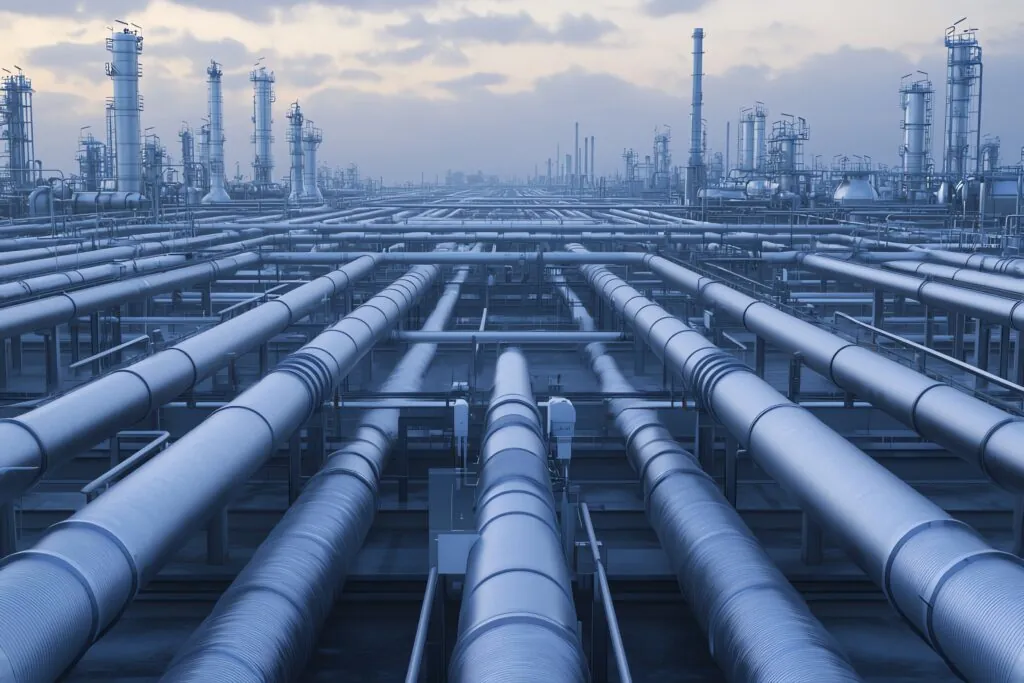
Key Differences Between Gathering and Transmission Pipelines
The key differences between gathering and transmission pipelines lie in their purpose, size and capacity, pressure levels, location, and regulatory requirements. These differences are essential to understanding how each type of pipeline functions within the broader energy infrastructure.
For more information about these differences, read The Role of Gathering Systems in Oil and Gas: Why They’re Essential
Why Does the Difference Matter?
This matters for several important reasons: safety, efficiency, regulatory compliance, and economic impact. Understanding these distinctions is crucial for operators, regulators, engineers, and communities affected by pipeline infrastructure. Here’s why the differences are significant:
- Operational Efficiency: Gathering pipelines are ideal for localized transportation, while transmission pipelines are built for large-scale, long-distance delivery.
- Safety Concerns: Transmission pipelines require more advanced safety protocols, whereas gathering pipelines are typically less hazardous to operate.
- Environmental and Economic Impact: Transmission pipelines can have broader environmental and economic consequences because they often span densely populated regions.
- Regulatory and Legal Compliance: The regulatory environment for transmission pipelines is more complex and demanding.
Challenges and Innovations
The pipeline industry faces various challenges, from aging infrastructure and environmental concerns to security risks and regulatory pressures. However, innovations in technology and materials are playing a significant role in addressing these challenges.
These innovations are not only helping to mitigate risks and reduce environmental impact, but they also improve the efficiency, safety, and sustainability of pipeline systems globally.
For a detailed overview, please read Understanding Gathering Systems: How Oil and Gas Get to Processing Facilities

